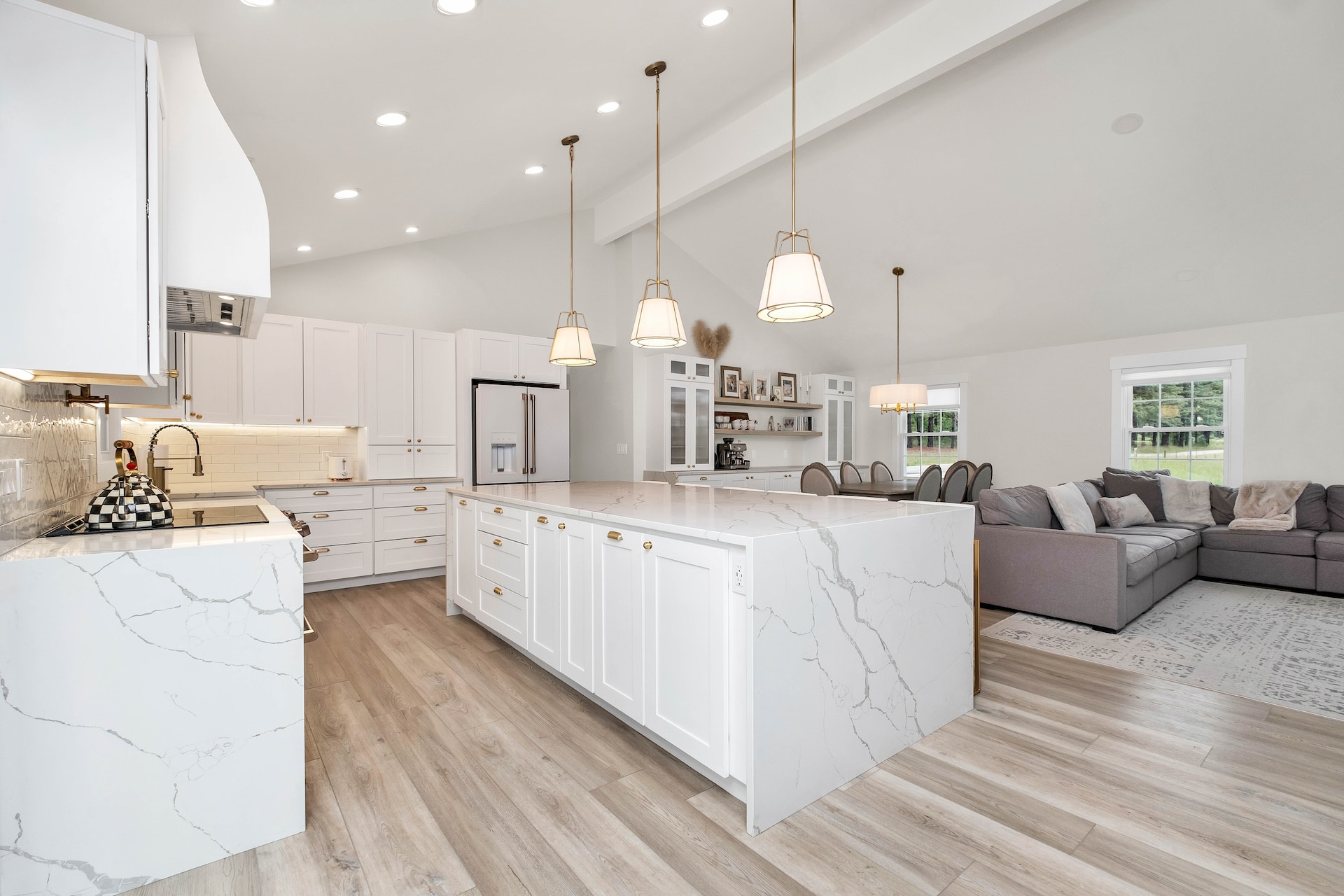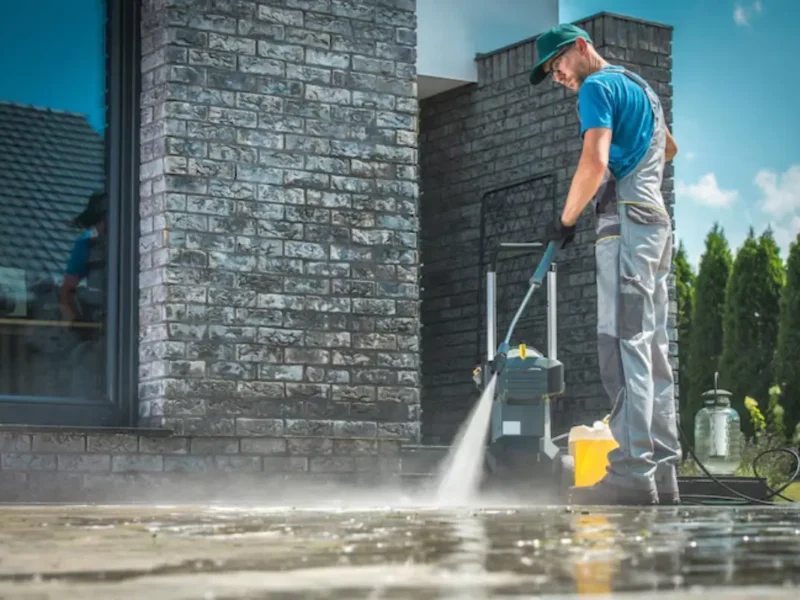The classic 3-by-6-inch white subway tiles that started underground in NYC subway stations have become a kitchen and bathroom staple. They’re sleek and easy to clean, making them a timeless choice.
Subway tiles can be customized to suit any style. A light grout makes the tiles’ lines disappear for a crisp, clean look. A darker grout adds drama and pairs well with a herringbone pattern.
Versatility
Subway tile is a design classic, like jeans and a T-shirt—it goes with just about any aesthetic. These glazed ceramic tiles are available in all colors and sizes and can be used in residential and commercial renovations.
They are also one of the most affordable options on the market. From unfussy, hardware-store varieties that ring in at less than $1 per square foot to handmade, artisan interpretations that cost up to $60 per square foot, there is a subway tile option for every budget.
Subway tiles can be used as a backsplash behind stoves, showers, or floors. Their smooth surface makes them easy to wipe down and resist mold and bacteria growth. Their glossy finish also reflects light, making them ideal for small spaces.
There are many ways to arrange and install subway tiles, allowing for various creative DIY design options. The classic herringbone pattern, for example, is great for elongating rooms and creating the illusion of depth. However, it is important to remember that the size and placement of each tile can change the overall look of a room.
The color of the grout can also play a big role in how your subway tiles will look. A contrasting grout draws attention to the tiles, while a neutral-colored grout blends into the wall and does not distract from the overall look.
Easy to Clean
As an unglazed ceramic material, subway tiles are impervious to moisture, making them the perfect choice for wet areas like kitchen backsplashes and shower stalls. They’re not only easy to wipe clean but also help protect drywall and wood from mildew and soap scum buildup that can promote mold and damage surfaces.
Subway tile is not limited to traditional white; it comes in a mind-boggling array of colors and finishes. You can even choose a textured variation that gives your space an authentic handmade look.
Although the classic straight look is the most popular, you can get creative with your subway tile layouts. You can run them partway up your walls for timeless wainscoting or create a unique focal accent by using herringbone tile. Just be sure that your herringbone pattern is modular, meaning that the dimensions of each smaller tile are equally divided. Otherwise, optically, the lines of your herringbone will drift across the wall due to unequal sizing.
You can also use a herringbone pattern in a non-traditional way, such as running it vertically up your wall to make your room feel taller and more spacious. Just be sure you have a clear vision of how you want to implement it before installing it, as herringbone is a very difficult pattern to lay out without the right amount of planning.
Durable
Originally conceived as a functional and sanitary wall tile for NYC subway stations, these versatile tiles offer endless options for modern homeowners today. They’re a perfect fit for kitchens and bathrooms where moisture is more likely to occur, as they’re nonporous and easy to clean.
This classic style adds timeless appeal to any room, whether used as a backsplash or shower tile. You can run it partway up your walls for classic wainscoting or create a dramatic feature wall using a herringbone pattern.
While white subway tiles are the most common, they can also be glazed in grays, blues, greens, and even blacks. The glaze on the tiles highlights tonal variations in the surface, adding dimension and visual interest. It can also highlight the beveled edges on the tiles or accentuate a color’s pattern.
Subway tile’s matte finish looks traditional and elegant, but it can be polished to a high sheen to reflect light and brighten the space. The glossy finish can show dirt, dust, and fingerprints more easily, but it’s easy to wipe down with a damp cloth to keep it looking new. You can also mix and match finishes by introducing other types of wall and floor tile, such as porcelain or natural stone, to add an element of contrast that complements the subway tiles.
Affordable
Whether you are remodeling your entire kitchen or just looking to add some flair to your eat-in area, subway tiles offer a budget-friendly way to protect walls that require protection and add an updated design element. They are also easy to clean and fit in with most design aesthetics. They work well in various design styles, from industrial lofts to contemporary or period homes.
The possibilities are endless when you choose to upgrade a backsplash with these timeless ceramic tiles. They come in a vast array of colors and sizes and can be laid horizontally or vertically. You can create a classic herringbone layout or experiment with an interlocking chevron pattern. Subway tiles can even be arranged diagonally to add a unique look to your home.
Another way to spice up your backsplash is using a different grout color. Black grout introduces a modern look to this traditional tile and is easier to keep clean than white grout.
Although originally introduced in NYC subway stations, these simple 3-by-6-inch white glazed ceramic tiles quickly entered bathroom and kitchen designs for practical and aesthetic reasons. They are available in countless hues and materials, from porcelain to quartzite to handmade concrete. These versatile and affordable walls are great for kitchens, baths, laundry rooms, and mudrooms.



